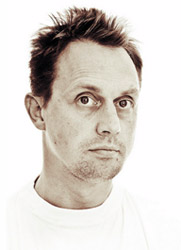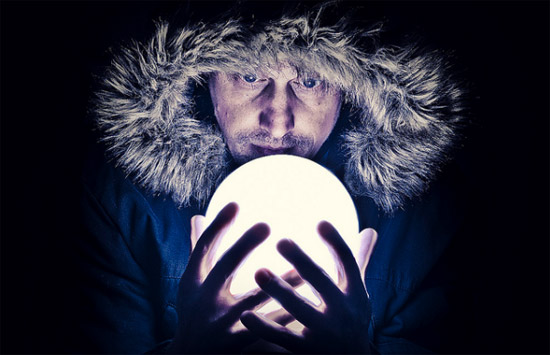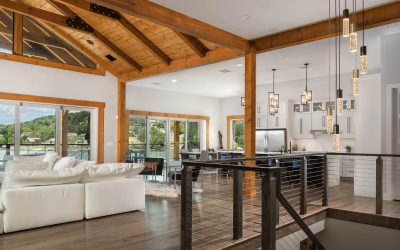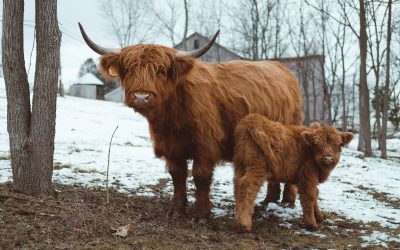About a year ago I began following the work of Netherlands photographer Ragoem Kleczewski, a great photographer and avid do-it-yourself-er whose equipment hacks and tricks have also been featured on the likes of diyphotography.net. Apart from his immense visual creativity, his DIY equipment and setups have served as inspiration for a variety of my own work. So, without further adieu, I bring you Ragoem!
All images in this article copyright Ragoem Kleczewski.

AM: Are you a full time photographer, or do you have another job that keeps the bills paid?
I photograph full time but can’t say it’s full time pay. However, my partner works an outside job full time, so that helps float things along.
AM: One thing I love about your Flickr stream is the diversity of projects, subject material, and styles that your work encompasses. Is there a particular subject or genre that you focus on more than another?
At this moment it would have to be portrait photography.
AM: Is there a particular photographic specialty that you personally prefer to focus on over some others?
It depends…one moment it’s product photography and another it’s portraits.
AM: How did you start in photography? What helped lead you into it?
I bought my first camera (a Petri GX5) when I was 18. Over the years, I bought several lenses for this camera, all of which (including the camera) were second-hand. I later bought a Minolta Dynax700si and a Dynax7, and I bought my first digital camera — a Minolta 7D. This was still just for the hobby.
Ten years ago I had a serious motor accident, lost my job, and everybody told me I would not work again. That’s when I decided to make a job from my hobby. I did the professional training on the FotoVakschool in Apeldoorn, with a specialization in portrait and fashion to become a professional photographer.
AM: Who are some of your greatest artistic influences?
I don’t really have great examples on the artistic plane. There are many great photographers, but I look at the old masters (like Rembrandt) and the “new” ones (on Flickr). I like to view a variety of work from different people and combine it into something of mine.
AM: I’ve followed (read: studied) a variety of your do-it-yourself projects and even tried some myself. Is DIY something you do exclusively for fun, as it were, or has it risen more out of necessity?
I do DIY for simple three reasons:
- First: Because we (my wife and I) thought of something that can’t be bought, like with Kimberley and the fluorescents. The only variation we could find was not what we wanted, so I made it myself. And yes, it helps that I was (a long time ago) an electrician.
- Second: To try something I’m not convinced is worth the money, so i make it myself to test it. If it works I will sometimes buy the “real” version of what I made.
- Third: As a quick fix, and I don’t have to wait until it arrives…I just have to make it! For this photo: http://www.flickr.com/photos/ragoem/4582684132/ I needed the main light to be overhead, but I did not have a boom yet. I knew I had some tubing in the garage, so i welded some together so I could hang the main light above me.
AM: Do you have a favorite DIY project that you’ve created?
Always my latest! ::smiles::
AM: I’m somewhat of a DIY-er myself, often out of necessity. While I have saved money over purchasing a commercial, more expensive version of the equipment, I am also a firm believer in the ethics and spirit of photographic do-it-yourself-ers. What would you have to say to those out there who are either looking to make or hack their own equipment just for fun, or maybe to the student/beginning photographer who doesn’t have a large equipment budget? Any DIY-related tips you can pass along?
- Think out of the box. Anything can be useful. Packaging (cardboard, foam,etc), kitchen materials, home DIY products, etc.
- Experiment with different things, some thing may not work but it might be useful for another project. Try to think simple! And just do it.
- Make something to solve your problem, so determine your problem first.
AM: When you’re working in the studio, is there a “zone” that you have to get into before things start coming together, or can you be creative “on the fly?”
Normally I can be creative on the fly, unless something is troubling me. In that case, I don’t get much done. With portrait photography I will start with a basic setup and go from there. With product photography I will have some idea in advance and try to realize that image in my head, although sometimes the result is very different from what’s in my head.
AM: Before you press the shutter, what is your creative process in setting up, visualizing the shot, etc.? What specific techniques do you use to capture the images like you do?
Sounds like “duh!”, but set up one flash at a time, starting with the main light. After that the fill and rim lights. Take pictures every step of the way to see the result from that one light you’re setting up. And if the light is not the way you want it, ask yourself, “Why?” And record what you do — setup photo, setting, used modifier, etc.

AM: What is your standard equipment? Is there a particular piece (a lens, filter) that is a favorite of yours?
My most used equipment would be the Sony A900 with the grip and a Sony AF 85mm F/1.4 Carl Zeiss T* .
AM: Actually capturing the image is only part (granted, a large one) of the equation. Could you give us an overview of your post-processing workflow? Do you use Lightroom or Aperture…or do you prefer another type of management and/or editing software? Any tips or advice in regards to workflow that you could pass along?
First, I photograph everything in RAW and import the photos into Lightroom. I Use Lightroom as a (very extensive) RAW converter, and once I’m done with the photo in Lightroom 99 times out of a 100 it will go to Photoshop where it gets its final editing. This can be a standard editing, which (almost) every photo gets, but it can also be an extensive editing.
My Tip: Try to use filter always at a minimal setting.
AM: What advice, hints, or guidance would you offer to other aspiring photographers just becoming interested in the industry?
- Try to look at work you like and reverse engineer it. Use this as a start point for your own work and make your own version of the photo.
- Experiment a lot, move lights closer or further away, use different light shapers, etc.
AM: If you could pick one image from your Flickr stream, which one would be your favorite?
If i have to pick one it would be “Eelke I” (http://www.flickr.com/photos/ragoem/4839472016/).
AM: Where else could one go to find your work? Do you sell any of your photography? If so, where could people go to purchase it?
I have additional work posted on my website (http://www.ragoem.nl). Nothing (yet) for sale, but sometimes people ask me if a photo is for sale and if they can buy it. And, if possible (because of model releases), I will sell it.





